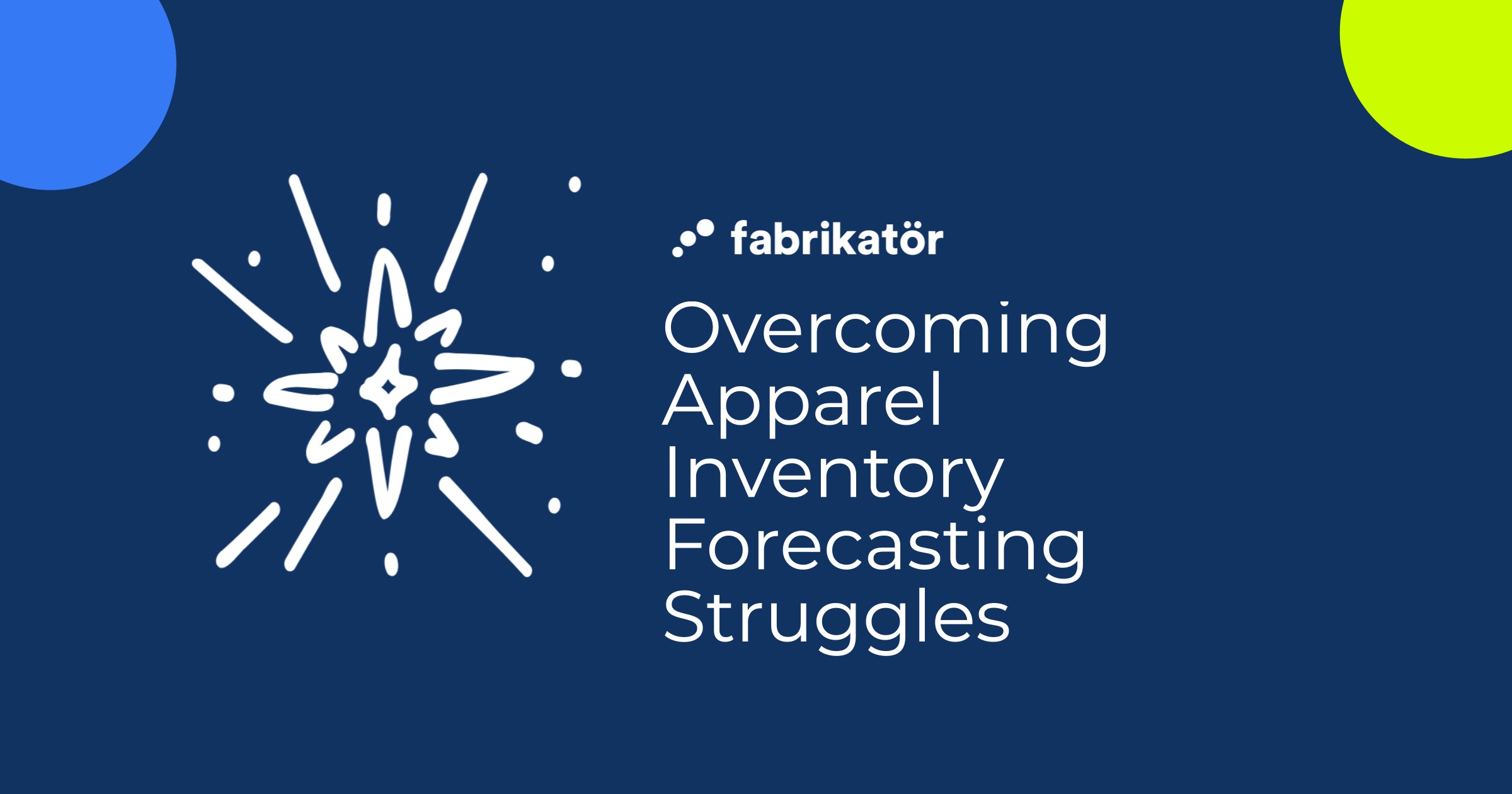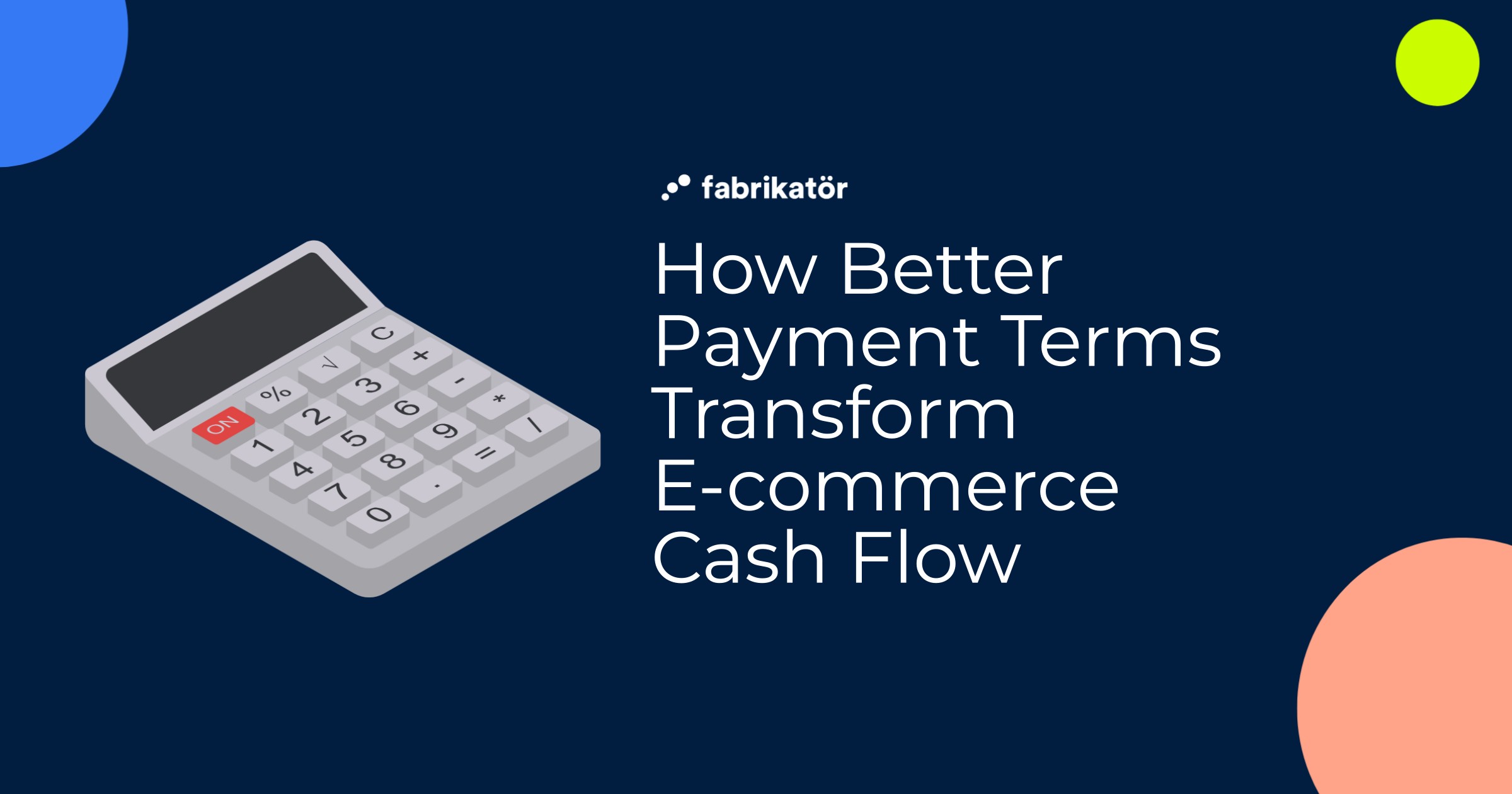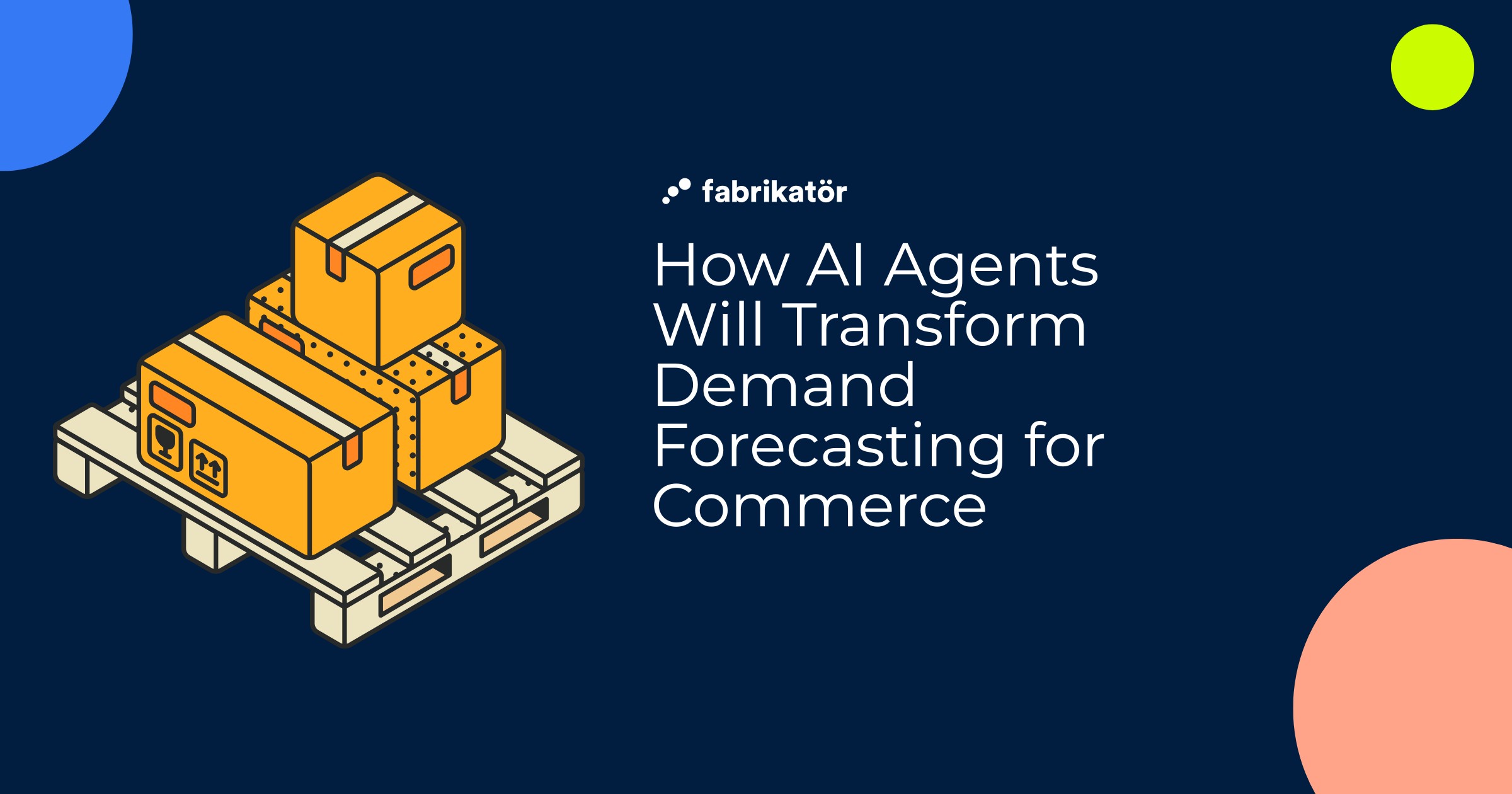Overcoming Apparel Inventory Forecasting Struggles

Is inventory forecasting the Achilles' heel of apparel brands?
From managing thousands of SKUs, navigating the fickle tides of seasonality, to aligning with collection-based planning, apparel brands face unique challenges that can trip up even the most seasoned operators. Yet, mastering these challenges isn't just about avoiding pitfalls; it's about finding a competitive edge in a crowded market.
The Complex World of High SKU Counts
The fashion industry thrives on diversity, leading to a high number of SKUs. While variety can attract a broad customer base, it also complicates inventory forecasting, as each SKU can demand different quantities and timings.
The challenge lies not just in predicting which colors or styles will sell, but quantifying them precisely enough to avoid overstocking or stockouts. Incorrect forecasting can lead to lost sales opportunities or excessive markdowns, both of which impact profitability.
The Seasonality Puzzle
Apparel demand fluctuates with the seasons, making it critical for brands to respond swiftly and appropriately. Collections must align with consumer trends and seasonal expectations — a seemingly endless cycle of anticipation and preparation.
But seasonality isn't just about winter coats and summer dresses. Global shifts, like unexpected warm winters or late spring chills, can render meticulous forecasts obsolete, highlighting the need for adaptability and current data analysis.
Collection-Based Planning
Apparel brands typically operate around new collections, requiring precise coordination across design, manufacturing, and marketing. This synchronization is as much creative as it is a logistical feat. A misstep in one area can ripple through the chain, impacting product availability and sales.
An industry insider notes, "A single delay in a collection launch can snowball into a logistic nightmare, leaving us with stock that should have been on the shelves or in transit." This reflection underscores the delicate balance between creativity and planning.
Framework Solutions
Successfully navigating these challenges calls for a structured framework infused with real-time data insights. Businesses need to shift from reactive solutions to proactive forecasts, ensuring that each link in their supply chain adapts swiftly to new information.
Fabrikatör empowers apparel brands by enhancing their forecasting precision through dynamic data analysis. By integrating sales data, market trends, and consumer behavior, Fabrikatör allows brands to make informed decisions that account for SKU complexity and seasonality.
At Fabrikatör, we help commerce brands bring structure and clarity to their inventory planning process. By connecting sales data, marketing insights, and purchasing workflows, our platform enables operators to forecast demand, plan purchases, and stay in control of their stock balance. Book a demo with Fabrikatör to see how your team can make smarter, calmer decisions.
In Conclusion
Mastering inventory forecasting in the apparel industry requires a unique blend of creativity, agility, and precision. With the right tools and insights, the chaotic cycle of fashion can transform into an orchestrated tableau of trendsetting success. A calm, structured approach, powered by platforms like Fabrikatör, can offer apparel brands the substantial edge they need to succeed.










